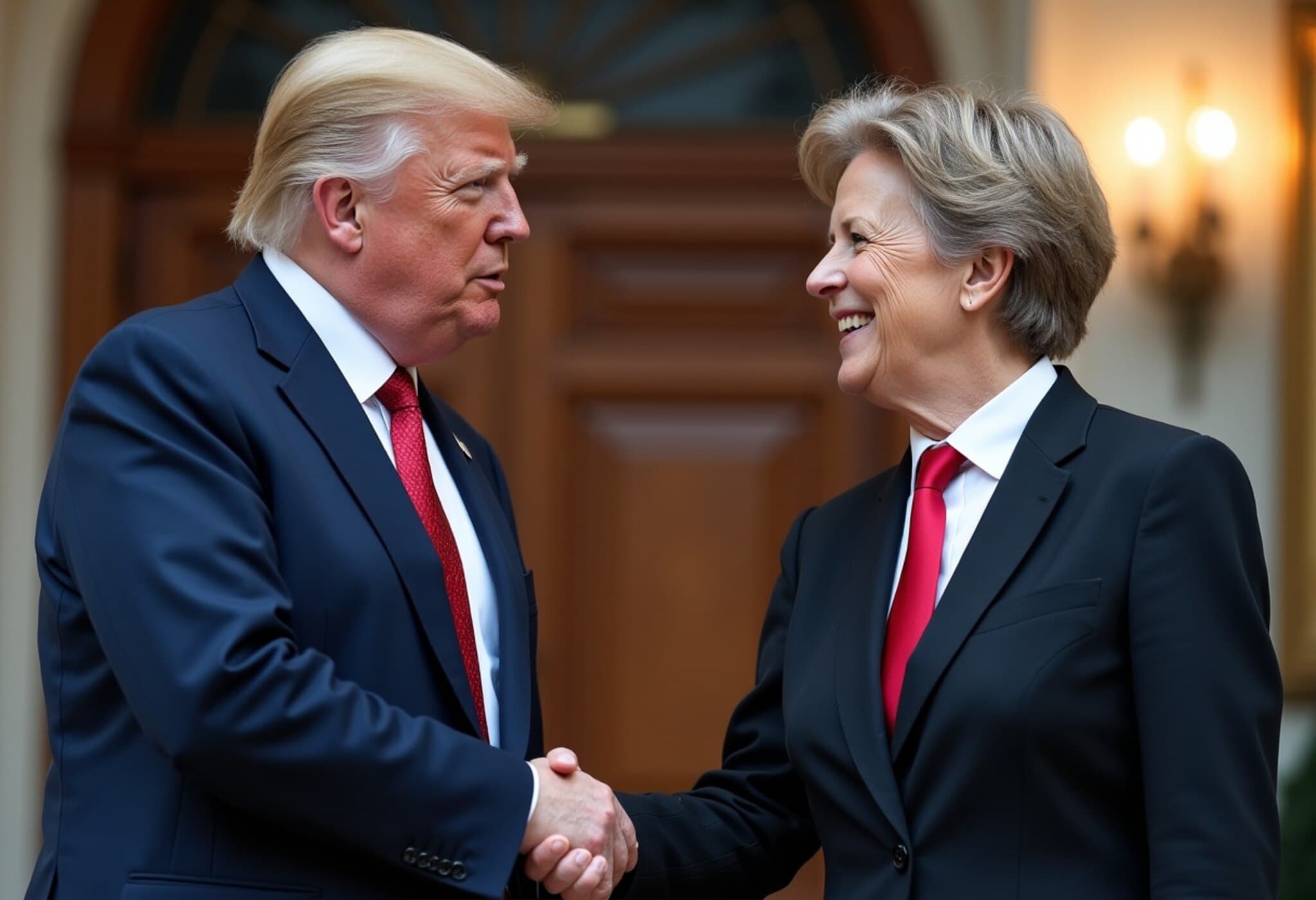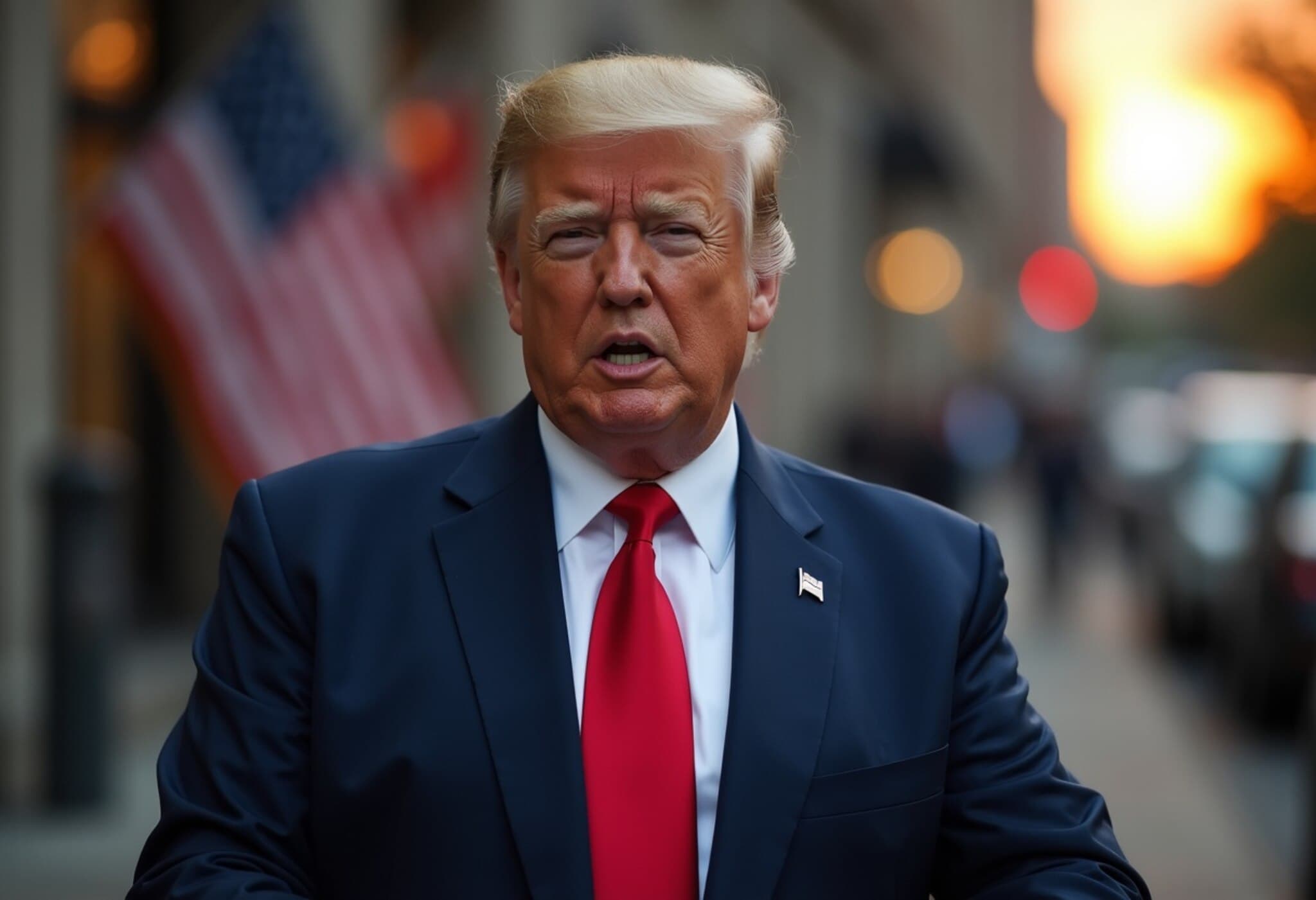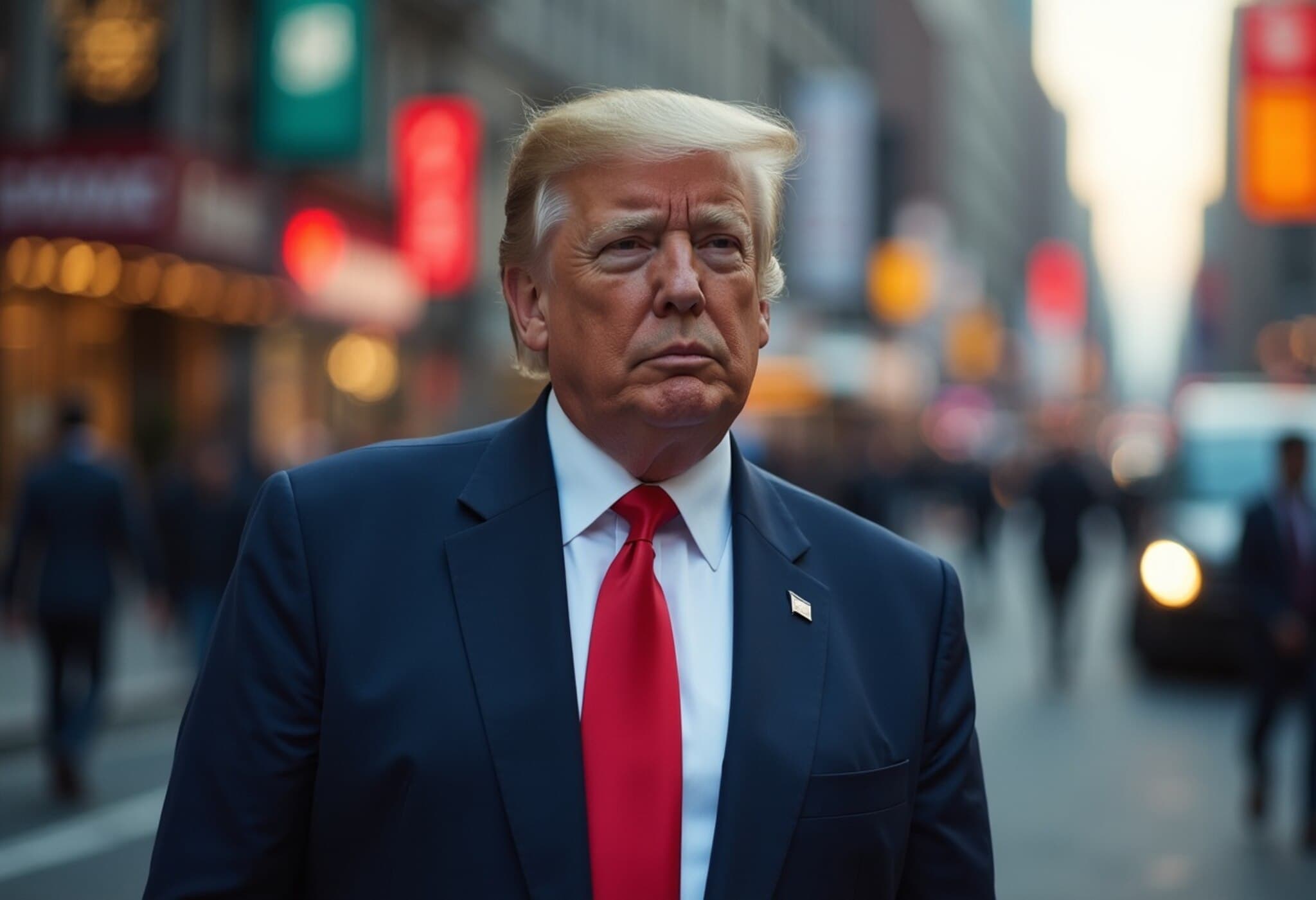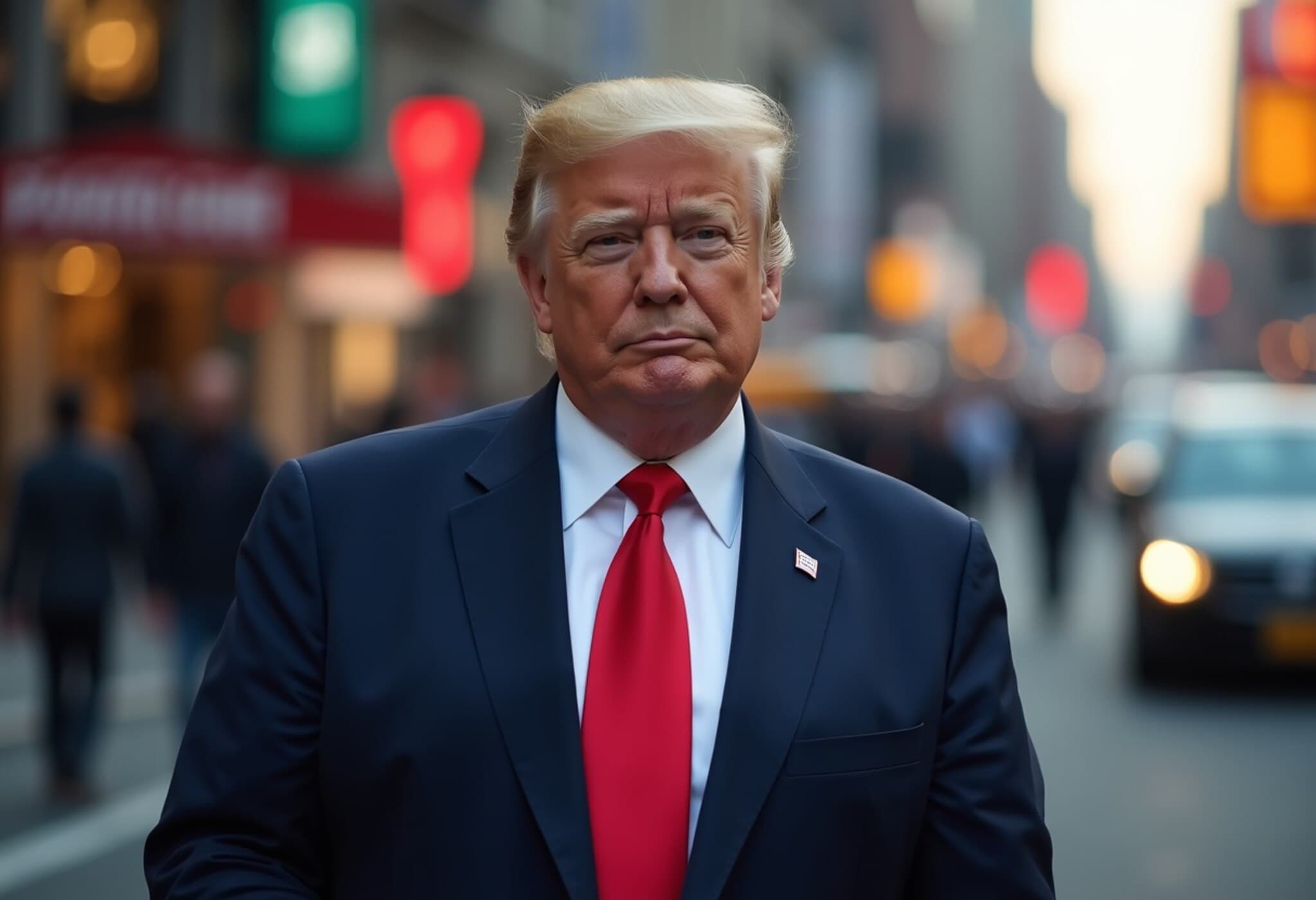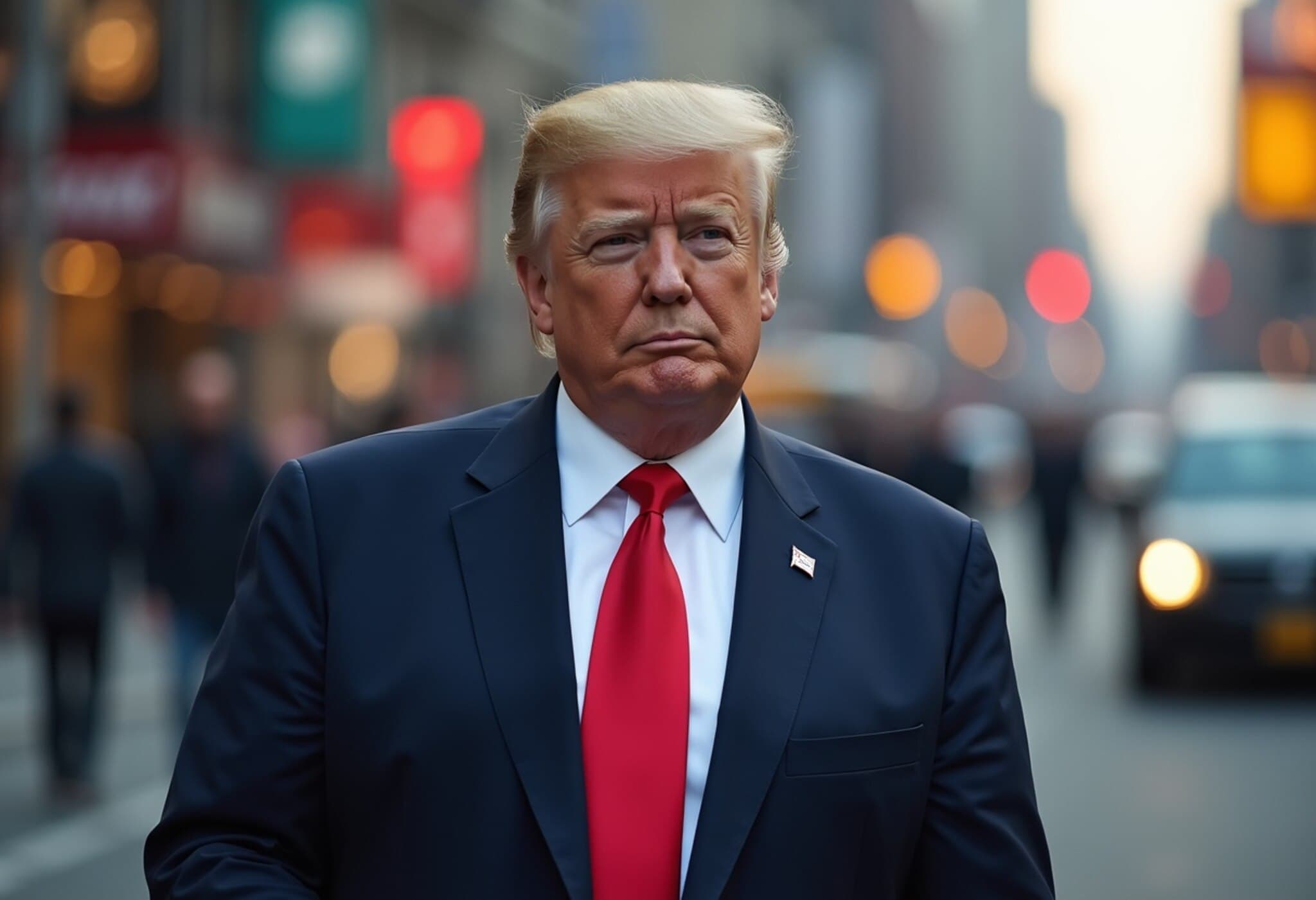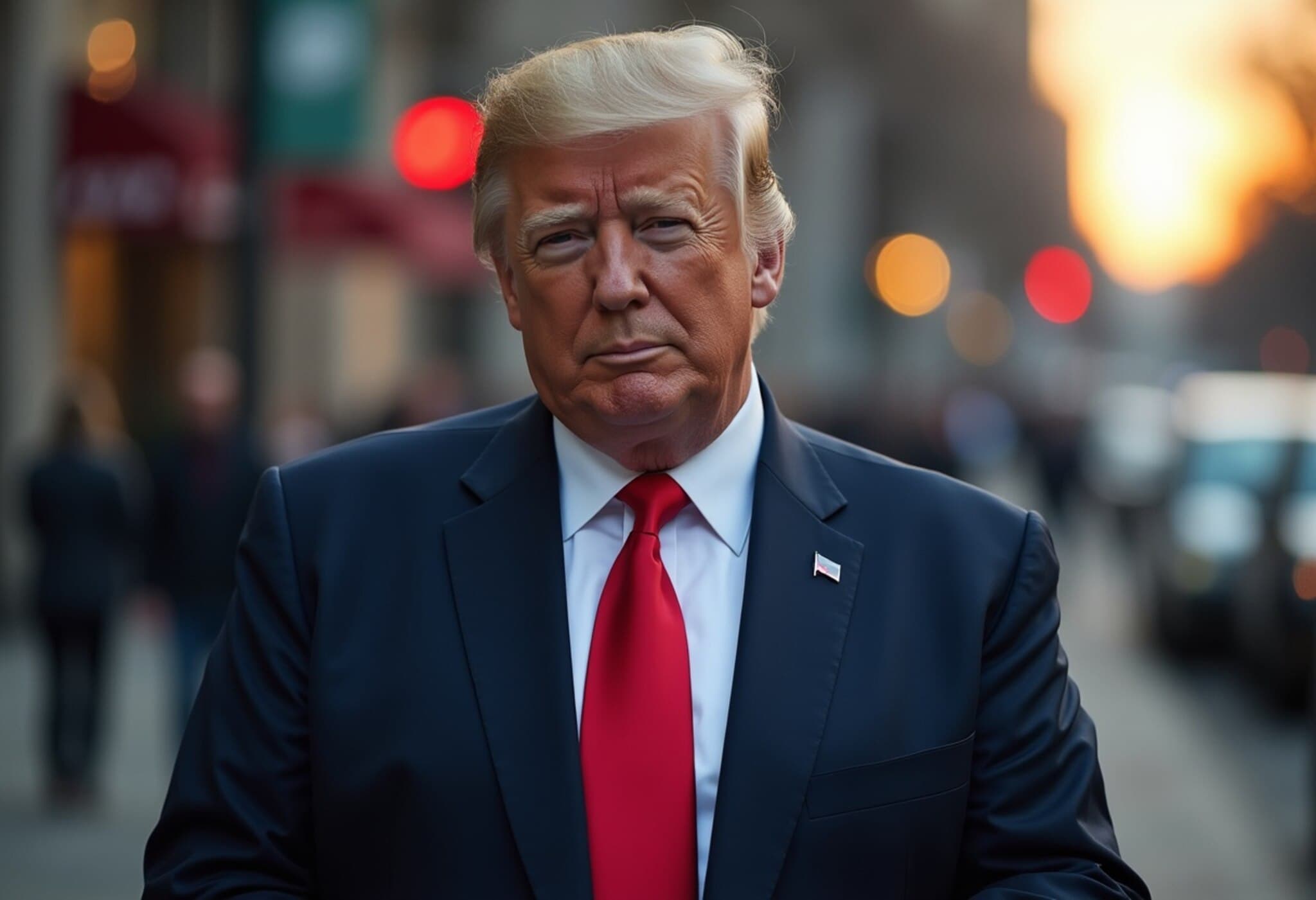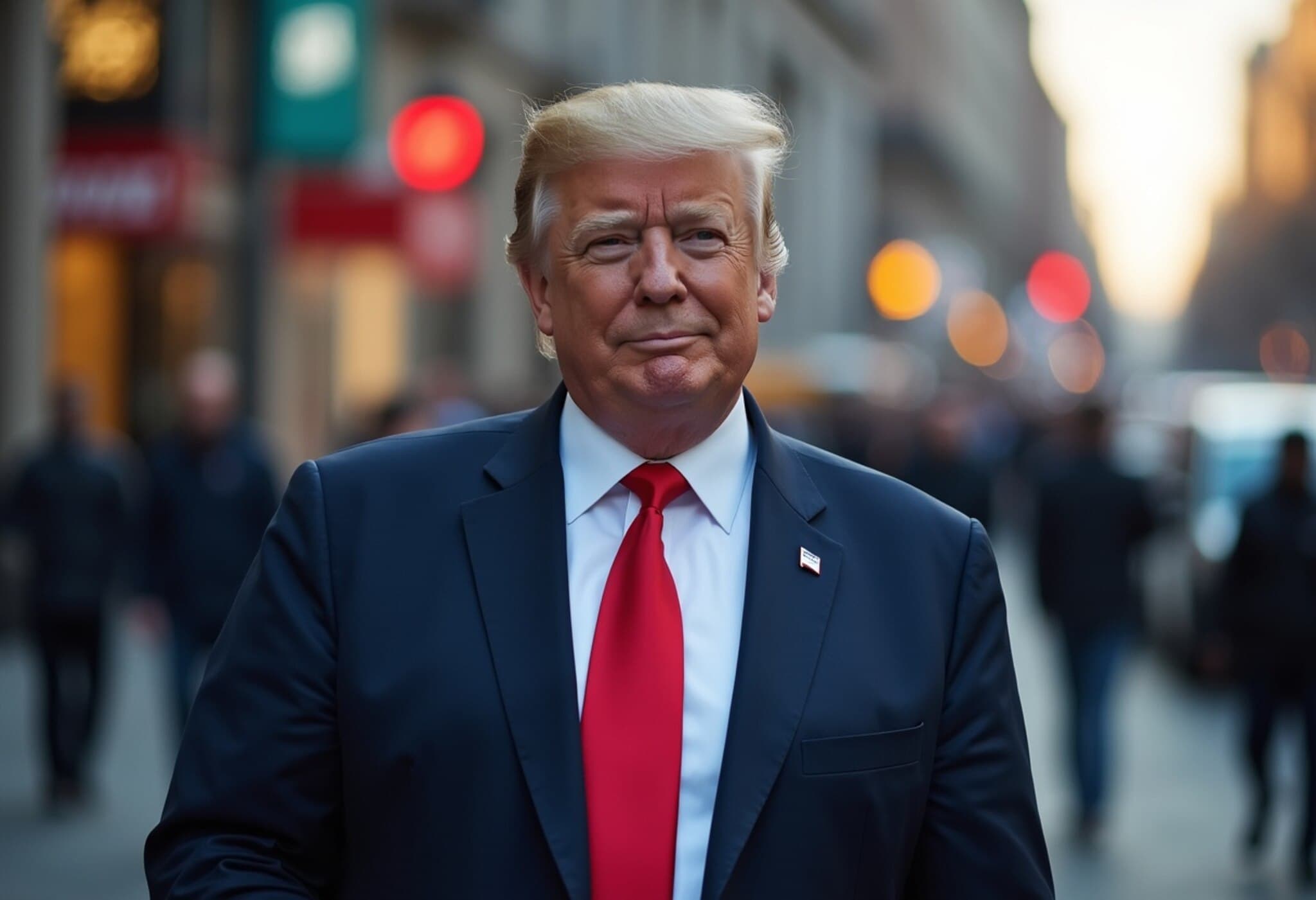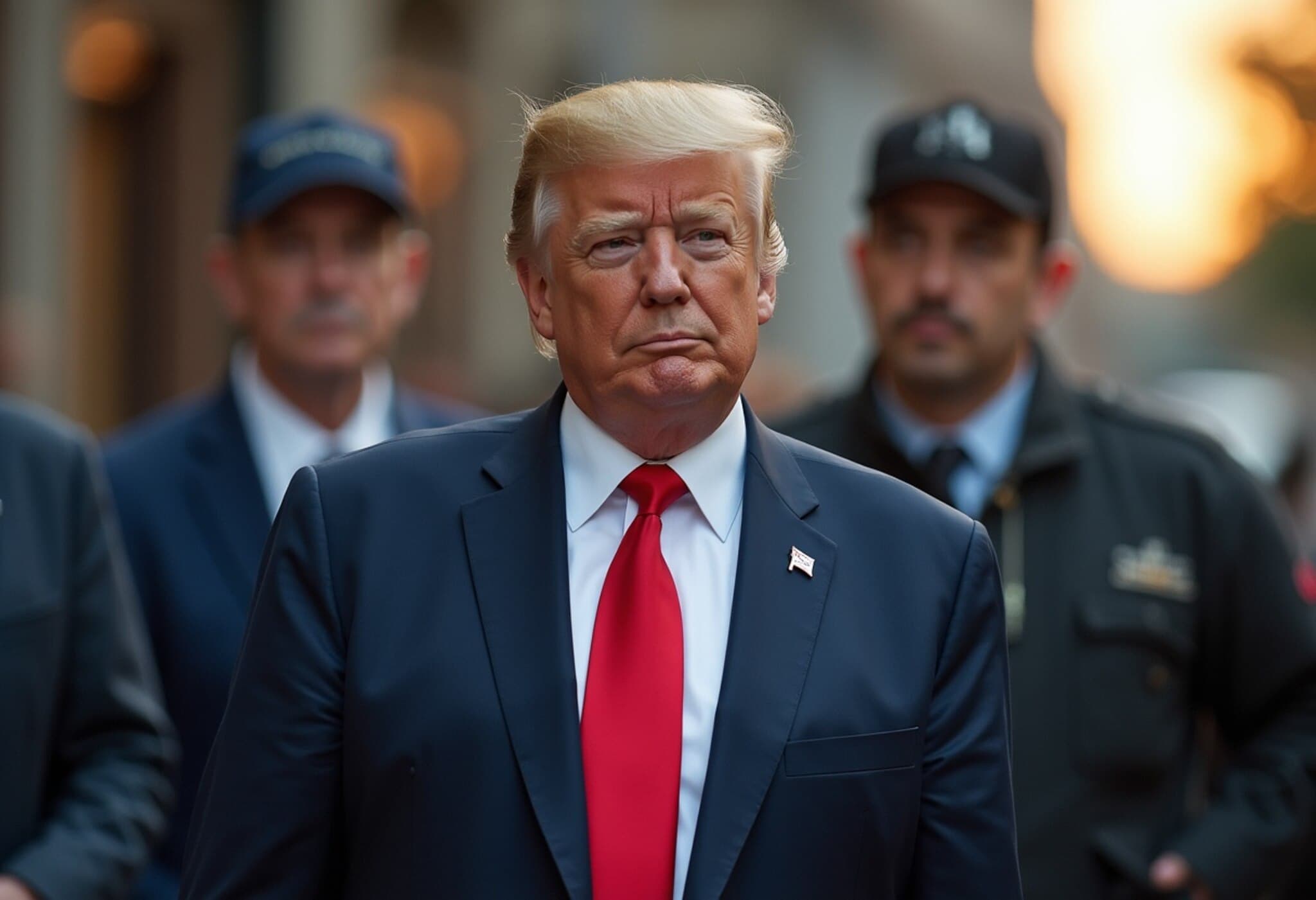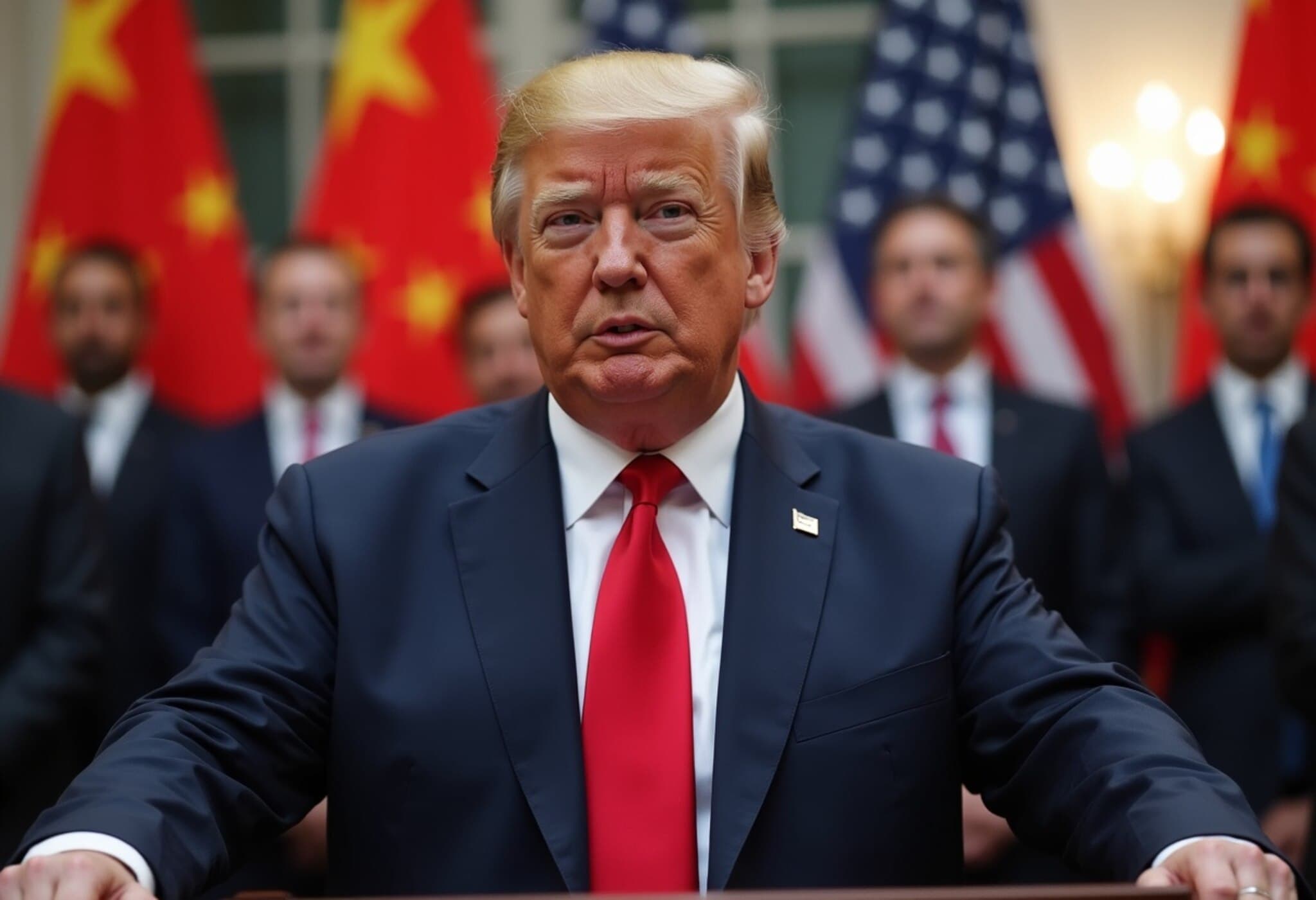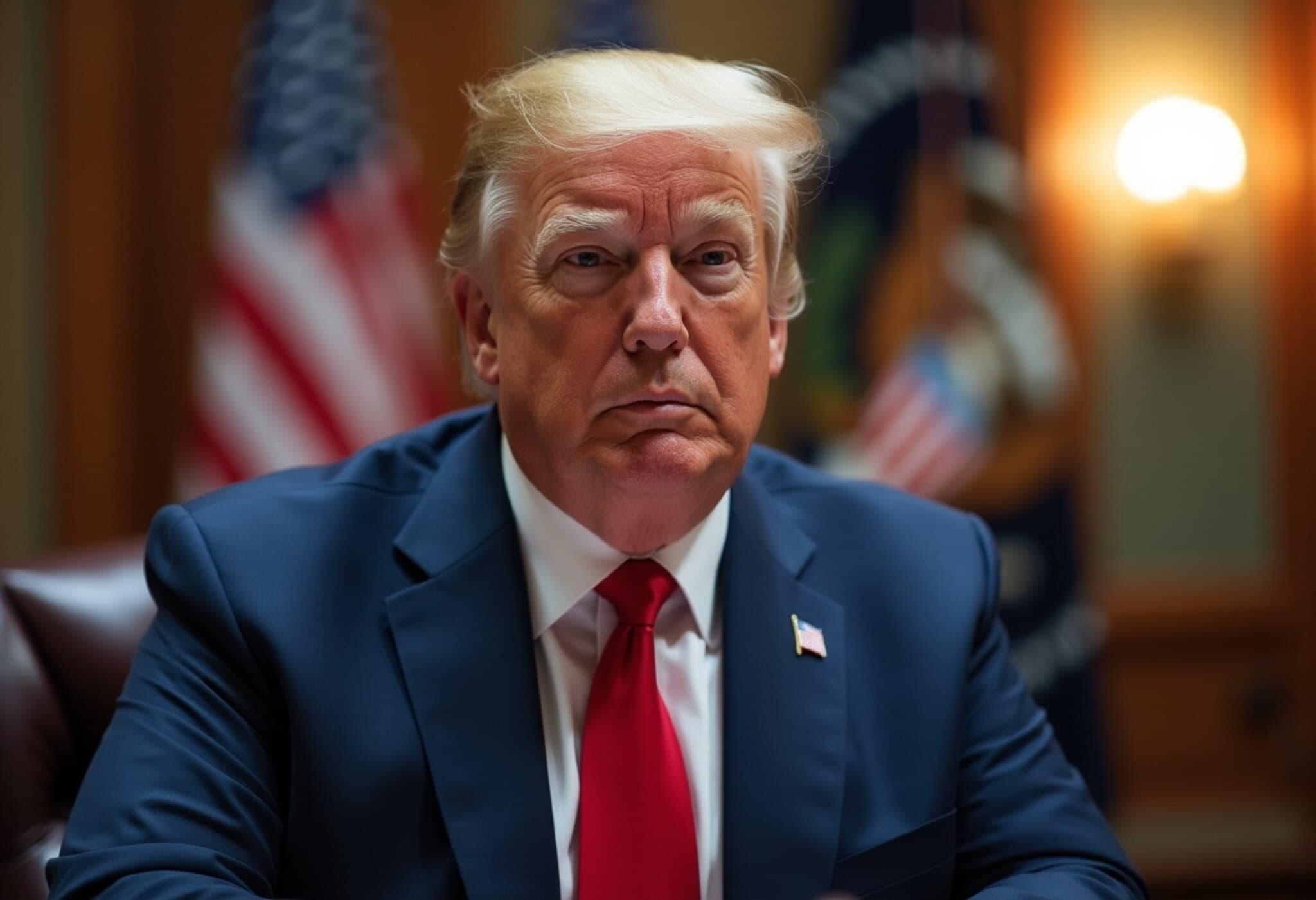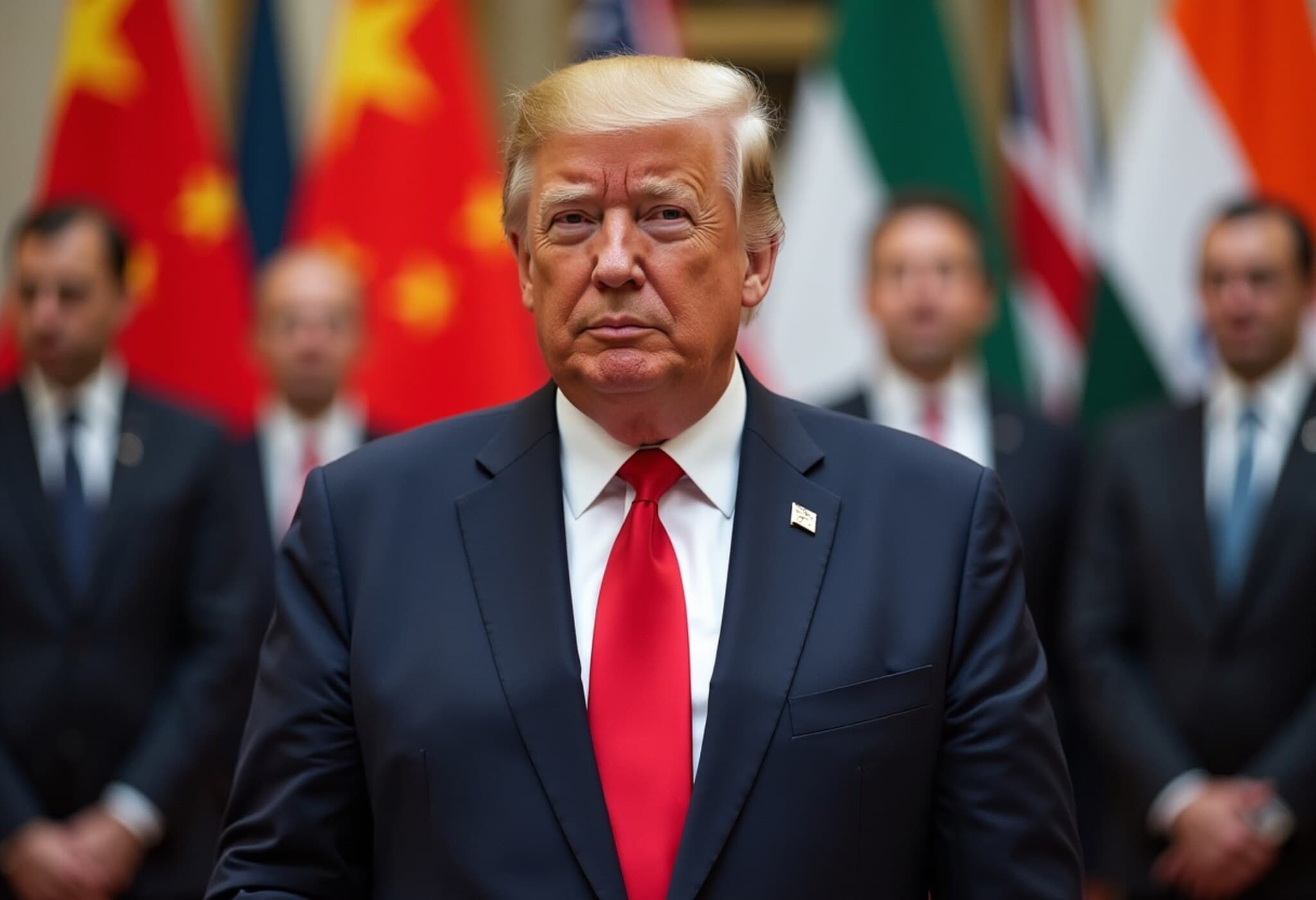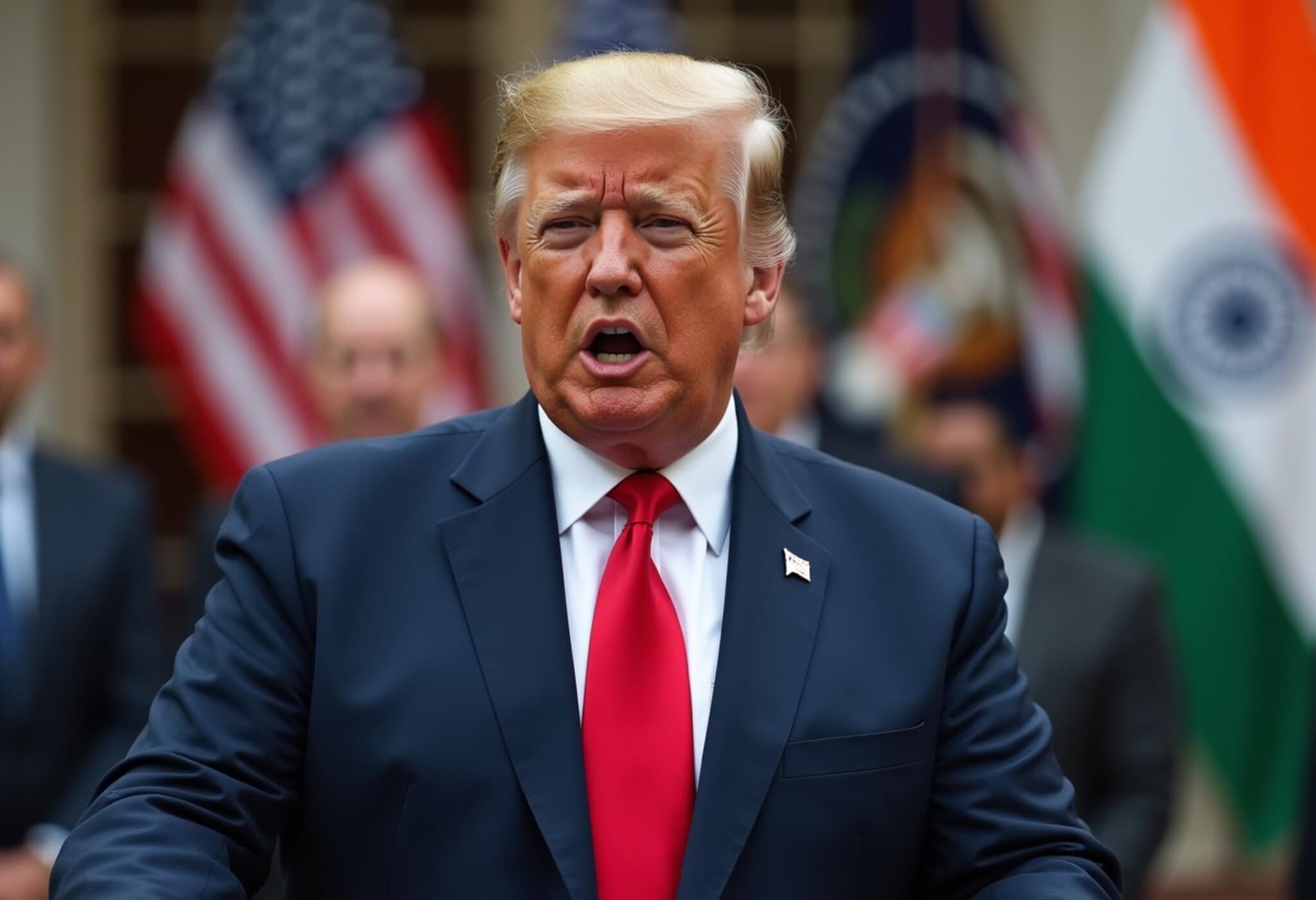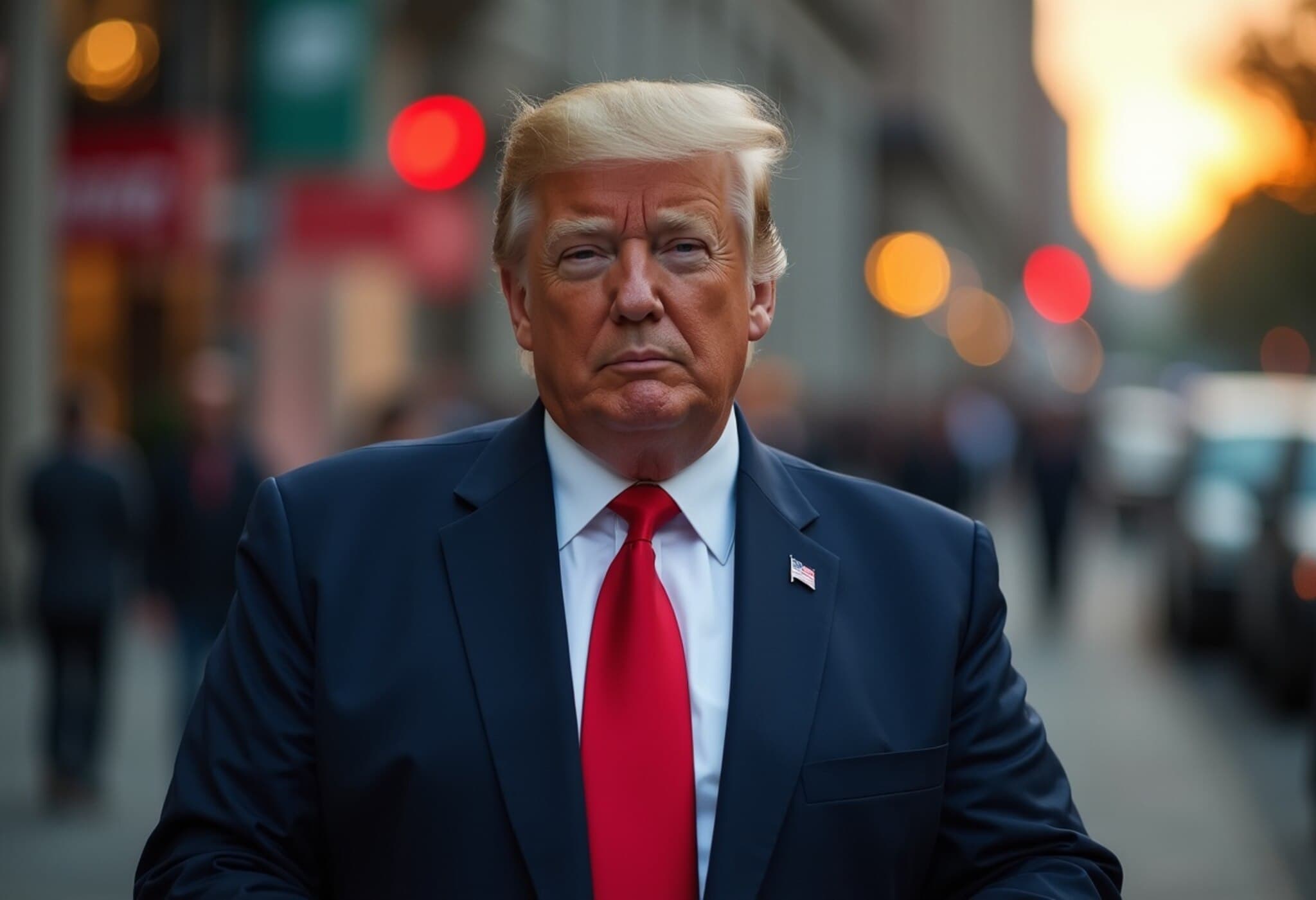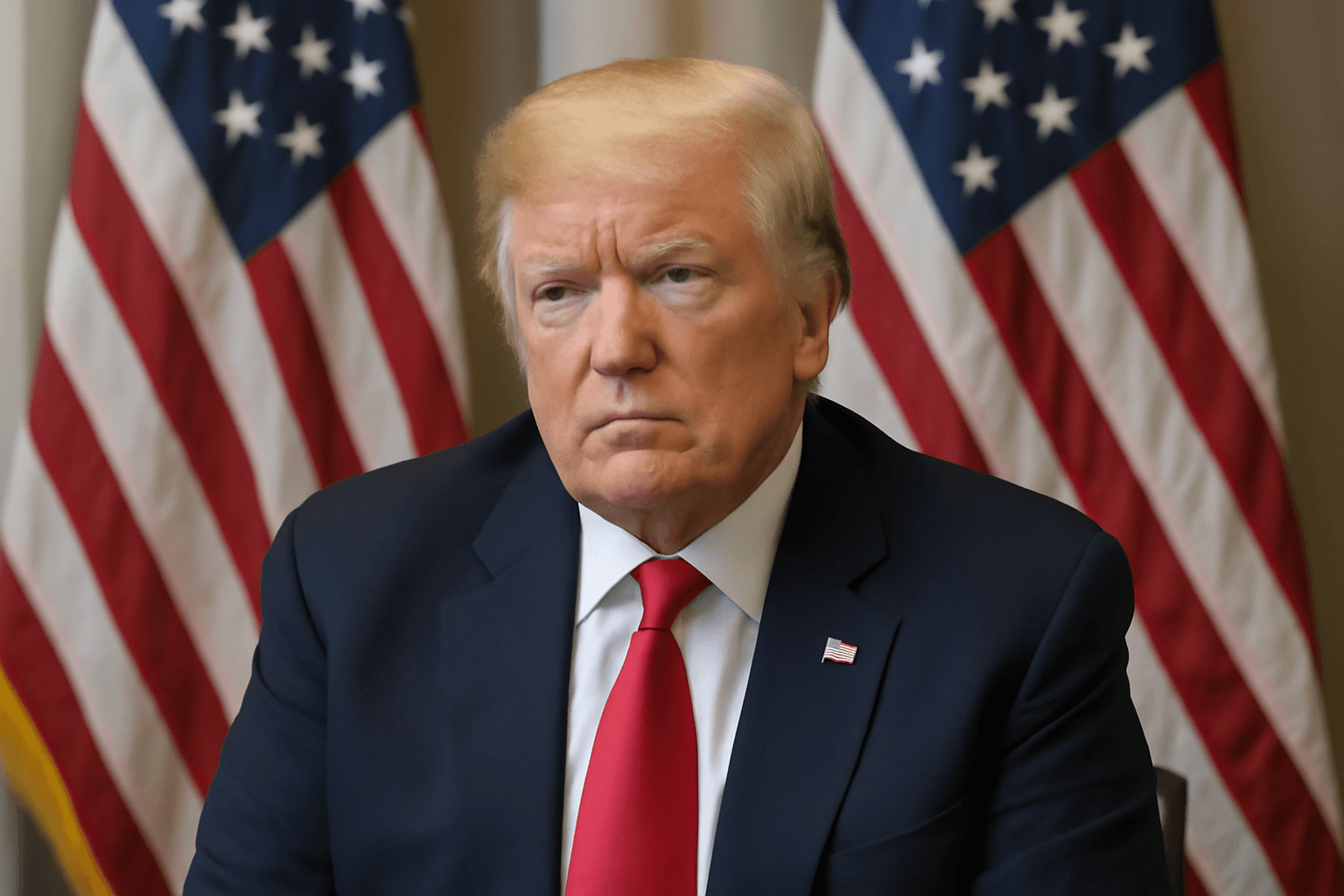Trump and von der Leyen Aim to Cement US-EU Trade Agreement Amid Rising Tariff Pressures
In a pivotal moment for transatlantic economic relations, President Donald Trump and European Commission President Ursula von der Leyen are scheduled to meet on Sunday at Trump’s Turnberry golf course in Scotland to finalize a groundbreaking trade deal. This summit comes after months of intense negotiation and looming tariff threats that have unsettled markets and industries on both sides of the Atlantic.
The Stakes: Tariffs Impacting Over 70% of EU Exports
The European Union currently faces a complex web of U.S. tariffs affecting more than 70% of its exports, including hefty duties of 50% on steel and aluminium and an additional 25% tariff on cars and car parts, layered atop existing levies. These escalations have sent shockwaves through EU manufacturers, especially in steel, automotive, and pharmaceutical sectors, where profit margins are under significant strain.
With the threat of the U.S. boosting tariffs to an eye-watering 30% starting August 1, the stakes could not be higher. EU officials warn such a move risks crippling vital transatlantic commerce, potentially causing upheaval in global supply chains and jeopardizing thousands of jobs.
Negotiation Nuances: Striving for a Balanced Baseline Tariff
At the heart of the discussions lies a proposal for a 15% baseline tariff on most EU goods entering the U.S. This figure mirrors the recently finalized U.S.-Japan trade deal and reflects a compromise between the EU’s desire for tariff relief and the U.S.’s push to protect domestic producers.
- Steel and Aluminium: The deal could maintain a 50% tariff, accompanied by potential export quotas designed to safeguard U.S. industry.
- Automobiles: The EU hopes the 15% baseline would replace the current 27.5% tariff, which has significantly burdened European carmakers.
- Sector Exemptions: Negotiators aim for exemptions for aerospace and certain spirits, though wine exports face continued tariffs.
Another key component on the table is a commitment for the EU to increase imports of U.S. liquefied natural gas (LNG), offering a strategic energy dimension to the trade framework. Additionally, increased EU investments in the U.S. economy are expected to be part of the agreement, fostering deeper economic ties across the Atlantic.
Contextual Insight: Economic and Political Implications
This potential agreement highlights the delicate balance between protecting national industries and embracing the benefits of globalization. For the U.S., spearheading trade deals that address long-standing deficits remains a cornerstone of Trump's economic agenda. A pact with the EU — the largest bilateral trade relationship globally — would overshadow previous deals with Japan, Britain, and Southeast Asian nations, signaling a major shift in the global trade architecture.
From the EU perspective, while a 15% tariff baseline is far from their initial ambition of a zero-for-zero tariff agreement, securing certainty and circumventing higher tariffs is a pragmatic choice to protect business stability and jobs. The situation also throws into relief the increasing complexity of global trade diplomacy amid nationalism and economic realignment.
Behind the Scenes: The Diplomatic Dance
Leading up to Sunday, senior U.S. and EU trade negotiators, including U.S. Trade Representative Jamieson Greer, Commerce Secretary Howard Lutnick, and EU Trade Commissioner Maros Sefcovic, have been locked in intense final discussions. Meanwhile, EU ambassadors, even while on a weekend trip to Greenland, participated in teleconferences to delineate negotiation mandates, exemplifying the high stakes and intricate coordination involved.
Trump, despite his reputation for tough bargaining, expressed cautious optimism about the deal, acknowledging that the odds were roughly even but emphasizing Brussels's keen desire to reach a consensus. His insistence on uniform tariffs across all sectors, particularly steel and aluminium, underscores the administration’s steadfast approach to trade enforcement.
Looking Ahead: What This Means for Global Trade
The outcome of this negotiation could set the tone for future trade disputes and agreements worldwide. Should the deal fail to materialize, retaliatory tariffs could ignite a fresh wave of protectionism, further destabilizing international markets.
Conversely, a successful agreement would demonstrate the power of measured diplomacy to bridge divergent economic interests, fostering stability and growth. It would also illustrate a nuanced U.S. approach that balances industrial protection with pragmatic engagement in critical global partnerships.
Editor’s Note
As the world watches this high-stakes negotiation unfold, several critical questions arise: Can the U.S. and EU reconcile their economic priorities without compromising long-term trade relations? How will the outcome affect industries and consumers on both continents? And importantly, what precedent will this set in an era where protectionism and free trade constantly jockey for dominance? This deal is more than tariffs—it is a test of global economic leadership and cooperation in an increasingly fragmented world.

